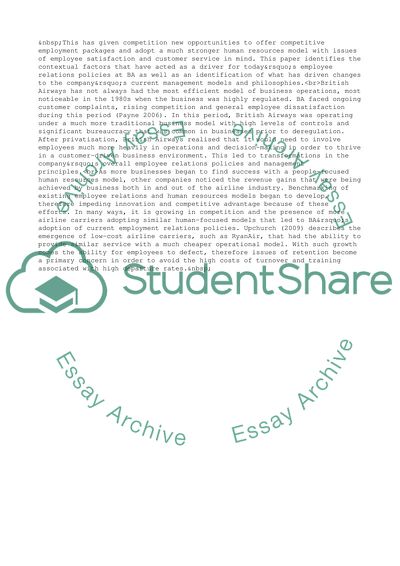Cite this document
(“Managing Employee Relations - British Airways Case Study”, n.d.)
Managing Employee Relations - British Airways Case Study. Retrieved from https://studentshare.org/management/1744429-managing-employee-relations-in-contemporary-contextcoursework-1
Managing Employee Relations - British Airways Case Study. Retrieved from https://studentshare.org/management/1744429-managing-employee-relations-in-contemporary-contextcoursework-1
(Managing Employee Relations - British Airways Case Study)
Managing Employee Relations - British Airways Case Study. https://studentshare.org/management/1744429-managing-employee-relations-in-contemporary-contextcoursework-1.
Managing Employee Relations - British Airways Case Study. https://studentshare.org/management/1744429-managing-employee-relations-in-contemporary-contextcoursework-1.
“Managing Employee Relations - British Airways Case Study”, n.d. https://studentshare.org/management/1744429-managing-employee-relations-in-contemporary-contextcoursework-1.


